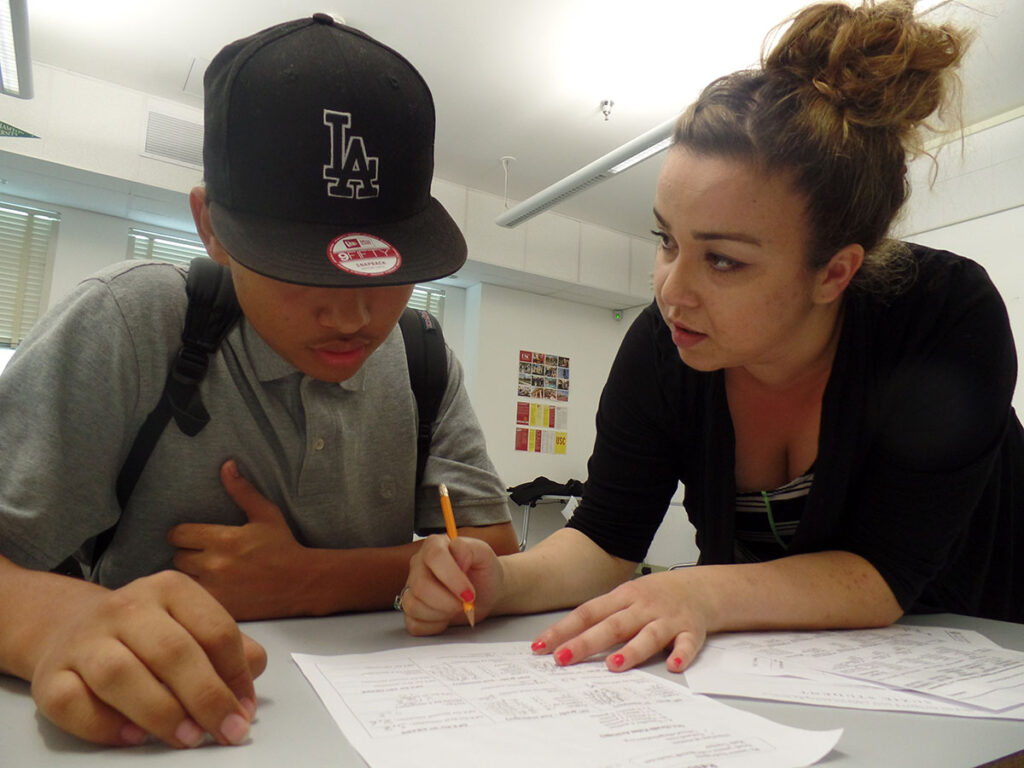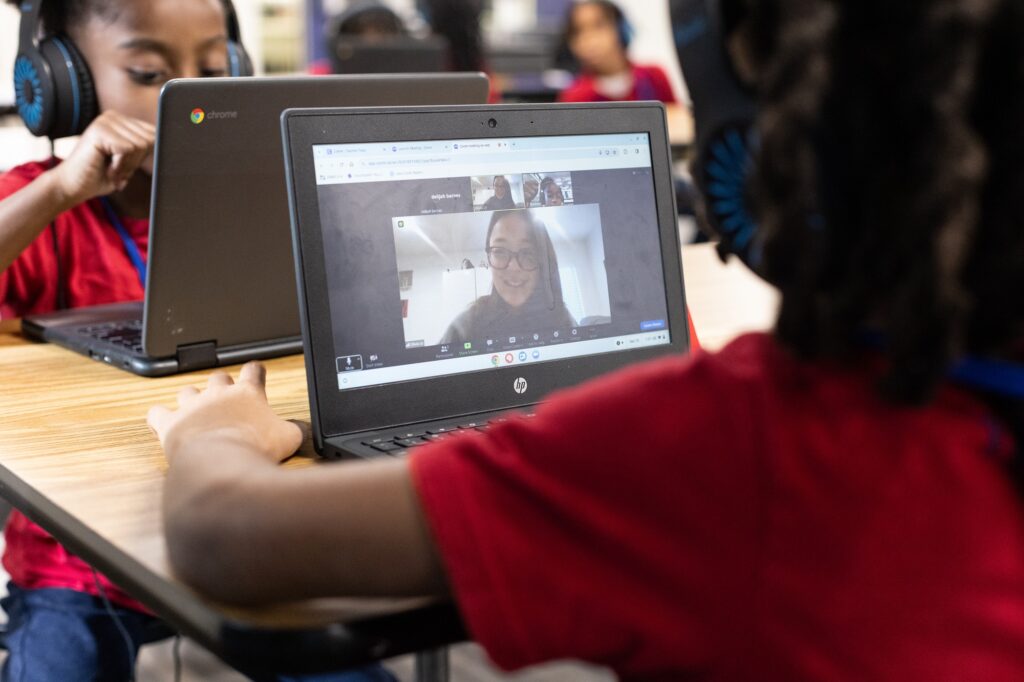
Courtesy: Connecting Waters Charter Schools
When education policy and funding decisions are enacted into law, it is critical that they be made through the lens of what is best for students. California leads the nation in supporting a wide range of innovative education options that have the potential to accommodate the needs and challenges of a very diverse student population.
Among the most innovative education models are flex-based, personalized-learning public charter schools, which are mistakenly referred to as nonclassroom-based schools. These 300-plus public charter schools have become recognized as leaders in providing flexible and tailored education for hundreds of thousands of students in California for whom a traditional classroom-only model is not a good match. The term “nonclassroom” is a misnomer as the majority of these schools have classroom facilities where students can learn in-person several days a week.
There are many reasons why some students do better in a nontraditional education model. Students who were bullied at their previous school, have physical or mental health challenges or have learning disabilities often thrive in a flexible learning environment. Some are foster youth, unhoused, teen parents, or at risk of dropping out of school. Others have simply fallen behind in meeting grade-level standards because they needed a model that better accommodates their individual needs. Others thrive working independently and want to participate in the real-world learning and internships that the schools offer.
APLUS+ member schools, comprising about one-third of the flex-based schools in California, serve a diverse student population: 57% of students enrolled are economically disadvantaged and nearly 15% are students with special needs. Many of these students enroll with APLUS+ member schools for academic recovery to get back on track or simply because their life circumstances and challenges are better served through a more flexible and personalized approach to learning. For example, most students who enroll in Learn4Life, an APLUS+ member school, are 17 or older, lack more than 50 credits, and are reading at a fifth grade level. These students graduate from high school, and 41% pursue post-secondary education within two years.
Flex-based public schools are tuition-free and are open to any student in the state who wants to have an individualized education plan that is tailored for their needs and goals. These schools employ credentialed teachers, abide by student teacher ratios and administer the state’s standardized CAASPP/Smarter Balanced tests. They also administer internal assessments, which showed that in the 2023-24 school year, a high percentage of students who newly enrolled in APLUS+ member schools were significantly below grade level standards in their previous schools.
Hundreds of thousands of students across the state are thriving at their flex-based schools. Unfortunately, two bad actor organizations operating within this sector have cast a shadow on the charter school sector. As a result of these two bad actor organizations, the California State Legislature recently commissioned the Legislative Analyst Office and the Fiscal Crisis and Management Assistance Team to issue a report with recommendations to improve and streamline the process in which nonclassroom-based charter schools are funded and held accountable.
The report rightfully acknowledged that the term “nonclassroom-based instruction” is a misnomer, given the diversity of innovative models within the sector and that a significant percentage of these schools operate one or more facilities used for in-person instruction.
One of the report’s recommendations was to change the definition of “nonclassroom-based instruction” so that more schools within this segment would qualify for facility subsidies and funding for after-school and expanded learning programs that are currently unavailable to them. While on the surface, reclassification may appear beneficial to students, the opposite is true as it would eliminate the flexibility that accommodates students for whom a classroom-only model is not a good match.
State education policies should be changed to allow public charter schools with flex-based hybrid programs that operate facilities for instruction to qualify for funding for facilities and after-school programs. Policies should also be changed to allow more students at traditional schools to take part in flexible independent study programs so that they too can benefit from a more tailored and adaptable education program. This change in thinking — and state policy — would allow more students, such as those who have health issues, special needs, or are accelerated learners, to participate in independent study programs.
Technology and the pandemic have impacted traditional views of teaching and revealed that the future of education must be rooted in flexibility. As the Legislature considers potential reforms in the future, they should prioritize the needs of our diverse student population and allow high-quality schools to offer flexible education models.
•••
Jeff Rice is founder/director of the Association of Personalized Learning Schools and Services (APLUS+), a membership association supporting schools that provide a flex-based education.
The opinions expressed in this commentary represent those of the author. EdSource welcomes commentaries representing diverse points of view. If you would like to submit a commentary, please review our guidelines and contact us.




